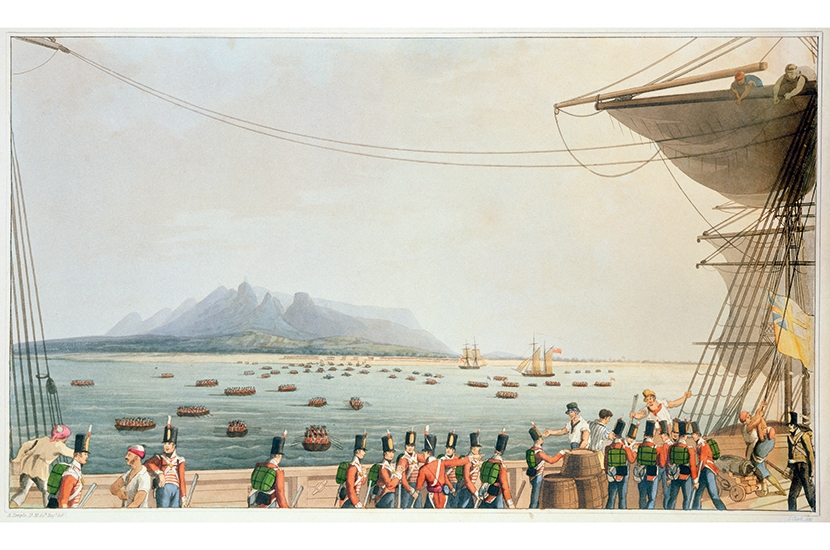In 1798, Tipu Sultan of Mysore sent an embassy to Mauritius. At home, he had fought the British and seen his kingdom shrink. Now he hoped to recruit Mauritian republicans in a joint fight. Mauritius had been a base for French troops attacking the British in India in the 1780s. In return for their help, Tipu promised to supply any Frenchman with provisions, except wine. And he pledged to kill every British soldier in India.
Tipu’s mission is one of the many fascinating stories in this rich and stimulating new history of the world between the late 18th and the mid 19th centuries. Normally it is the French Revolution of 1789 and European revolutions of 1848 that provide the cornerstones of this period. Historians in the past used the lens of ‘the Atlantic Revolution’ to look at these transformative years. From such a perspective, the American and the French Revolutions are at the centre of a radical dynamic that then spills over to other parts of the world.
Waves Across the South turns this conventional wisdom upside down, and invites us to follow the making of the modern world from the Pacific instead. This is a maritime history of empire rather than one of land and territorial battles. At the centre are not London or Paris but the Pacific and Indian oceans. This book will take you on a voyage from the Cape Colony in southern Africa all the way to New Zealand, with important stopovers in Mauritius, the Persian Gulf, Ceylon, Java and New South Wales.
Hongi Hika declared: ‘If there is only one king in England, there shall be only one king in New Zealand’
This is Big History. It tells the story of how the French Revolution set in motion a counter-revolution, which the British Empire used to expand and consolidate its power.






Comments
Join the debate for just £1 a month
Be part of the conversation with other Spectator readers by getting your first three months for £3.
UNLOCK ACCESS Just £1 a monthAlready a subscriber? Log in